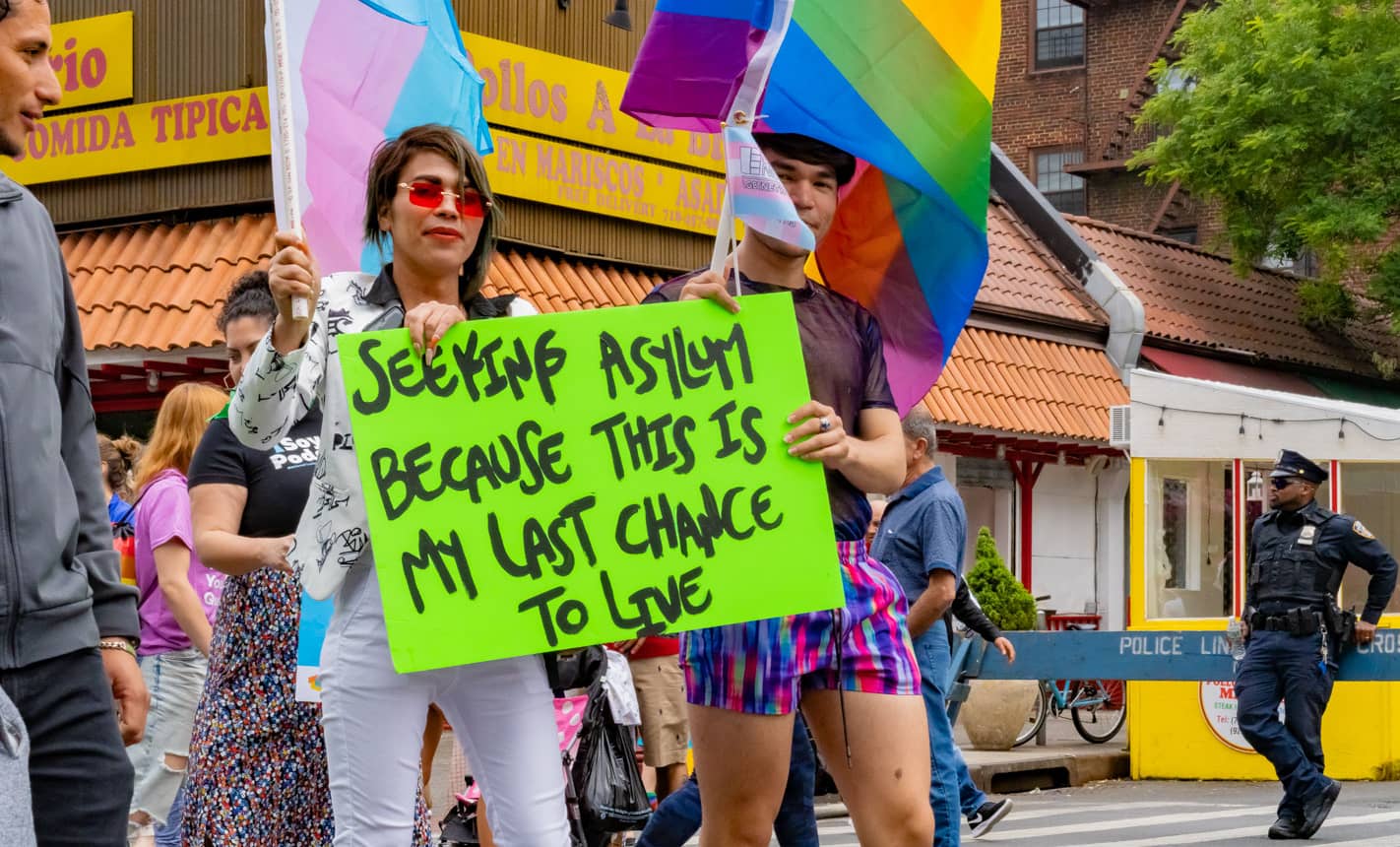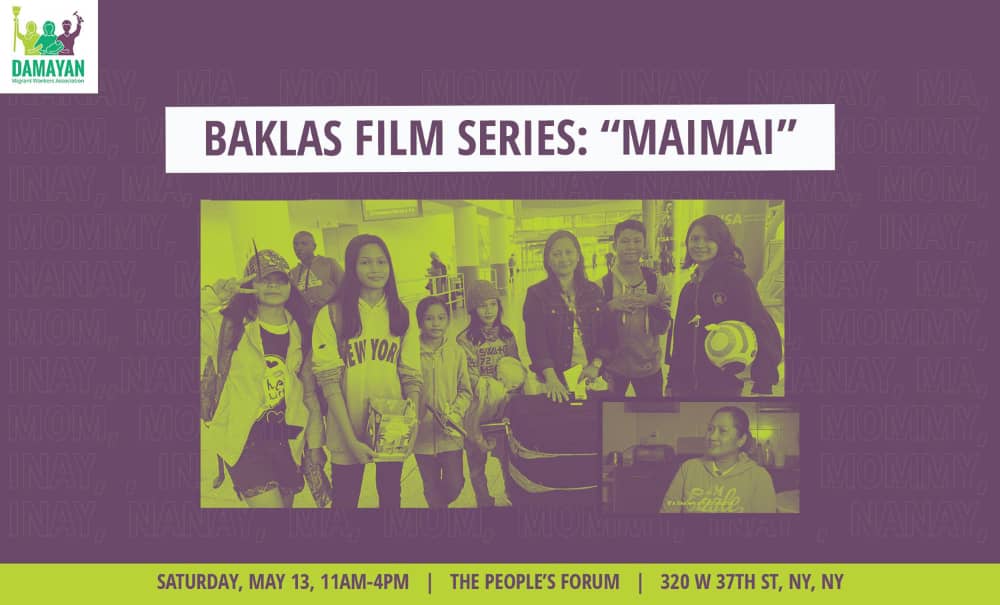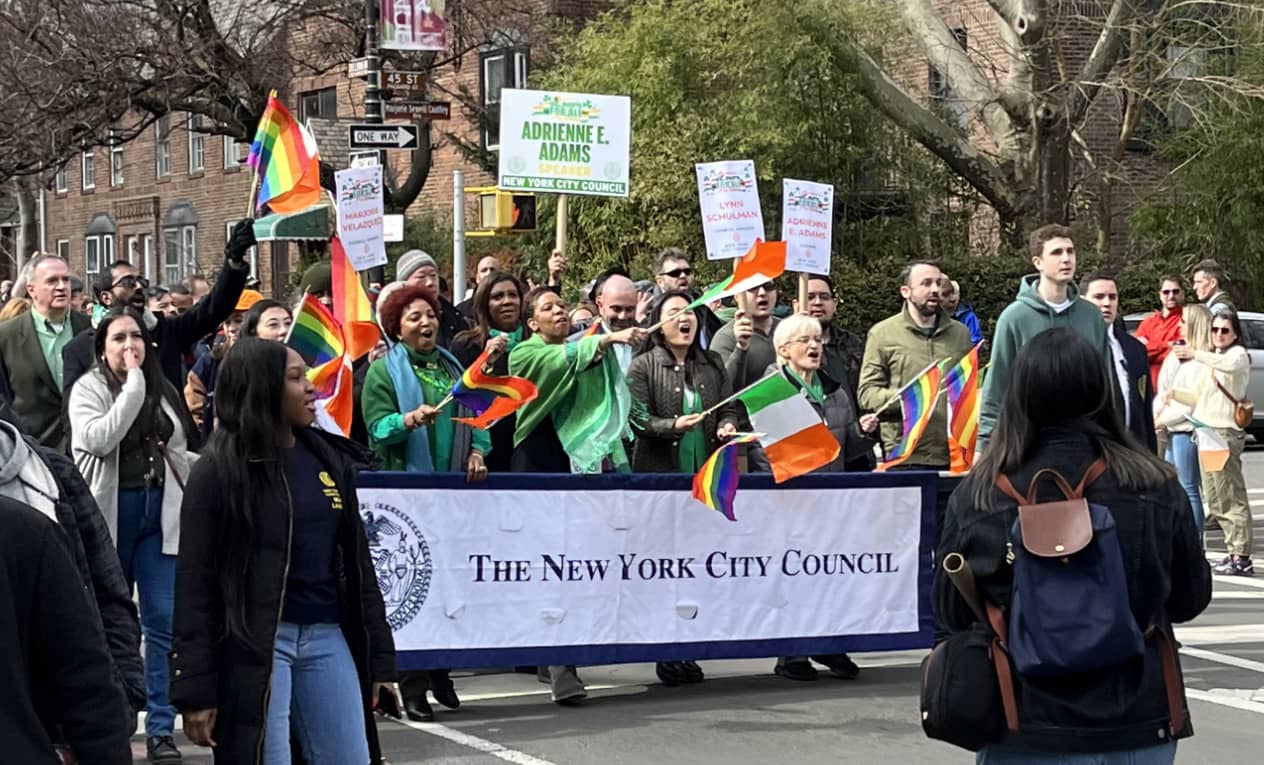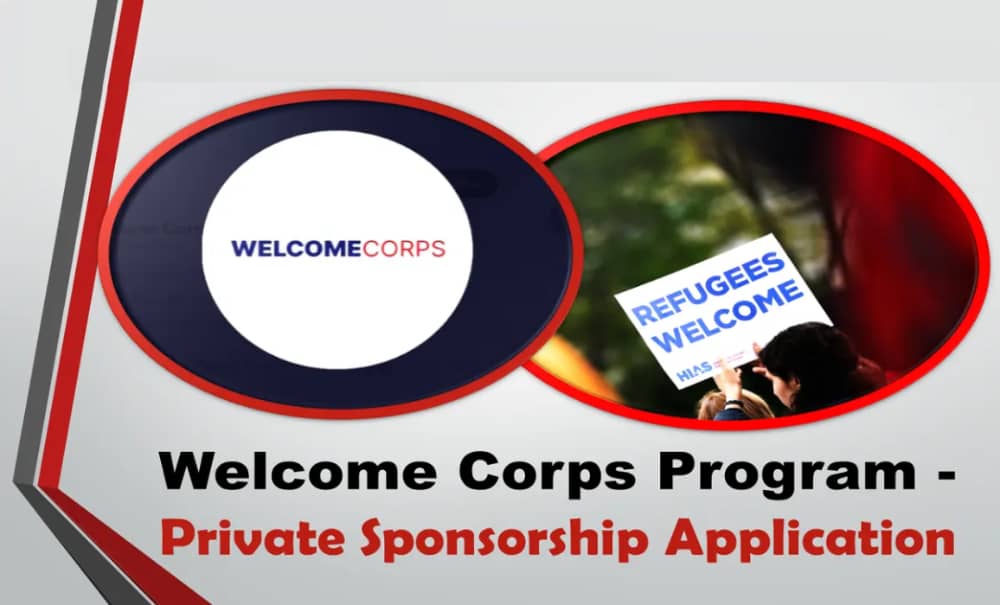
Dear friends,
As the denizens of our city begin to breathe freely once more after the wind changed and the wildfire smoke dissipated, the climate problems highlight for us once more the challenge for immigrants in the service industry. Although everyone was advised to shelter at home for a few days, immigrant delivery workers kept working outside when the city’s air quality was the worst in the world on Wednesday. Despite the health advisories, delivery workers across all five boroughs could not afford to miss a day of work in the record-breaking harmful open air. Just as the Adams administration is struggling to create rulings that bring a fair wage to delivery workers, it is likewise struggling to aid the thousands of new immigrants being brought to the city by bus and plane, seeking asylum–our newsletter today highlights the problems facing the city in meeting our right-to-shelter requirements.
Our City Struggles to Aid Arriving Migrants
“Asylum seekers and the rest of the unhoused population of NYC need permanent housing – they do not belong in jails.”—Murad Awawdeh, Executive Director of New York Immigration Coalition (NYIC)
Ever since busses of immigrants arrived in NYC, coming from Southern States–as a political stunt designed to challenge Sanctuary Cities’ humanitarian approach to immigration–the city has been struggling to find the best way to house and support the new asylum seekers. No one doubted there would be costs and difficulties. No one denies that supporting those fleeing their countries is challenging work. Both city government and Immigrant aid organizations have been stretched thin supporting the people who have traveled for months to claim asylum in the USA.
Showing the scope of the challenge, Queens-based New Immigrant Community Empowerment (NICE) has been assisting about 1,000 newcomers each month. Executive Director Nilbia Coyote noted NICE has run out of space and there are not enough staff to provide help. Artists Athletes Activists, led by Power Malu, supports migrants who arrive at New York airports. Malu noted the organization spends about $30,000 every month, from private donations, to transport these asylum seekers to shelters and intake centers. But the city will not provide vans, buses, or reimbursement to help. In the same way the Republican governors bussing migrants North have blamed the Democrats for encouraging people to flock to the border, Mayor Adams’ staff have blamed activist groups for luring migrants to fly in with false promises of support.
A major positive force for new immigrants is New York’s right-to-shelter law. Established in 1981 in the case of Callahan vs. Carey, it requires the city to provide housing to all. Last month Mayor Adams asked a judge to reconsider the law because the scope of support required is not what was ever imagined at the time of the lawsuit. One of the lawyers who worked on the case over 40 years ago, Robert Hayes, said the effort to change the policy was cowardly and shameful.
The NYIC posted a number of articles in May showing an escalation of issues related to the right-to-shelter law. They discuss the plans to use upstate hotels as well as the restraining orders intended to prevent Adams from bussing asylum seekers to Orange County. There are also proposals to house people at Medgar Evers and York Colleges, the YMCA at Park Slope’s Armory, and a rec center in Staten Island. Additionally, there are thoughts to use an airfield in Jamaica Bay, a Post Office overflow warehouse at JFK, The Lincoln Correctional Facility just north of Central Park, and to leverage Rikers Island jail as possible places to house the newcomers.
Mayor Adams announced the importance of being “upfront that New York City cannot single-handedly provide care to everyone crossing our border.” In addition to the various housing plans that he and Governor Kathy Hochul have been considering, is a demand for the federal government to expedite work permits so the 70,000 newly arrived immigrants can fill about 10,000 open positions in farm work and food services.
While Adams says he is willing to consider all options, including the use of prisons, others like Manhattan Council Member Carlina Rivera believe it is “alarming to talk about using jail facilities for people who have not committed a crime,” pointing out there would not be flexibility for people to leave the island for work or appointments. Power Malu says these temporary locations are not worth the effort when finding empty apartments would be more effective. The short-term locations that have been used, like a police academy gym in Manhattan, keep the lights on all night and offer showers that give no privacy. The Lincoln Correctional Facility, which had been closed since 2019, was in use for a few days and then the plumbing broke and a number of people were relocated to Buffalo.
Over the last months, the city has been in conversation with the New York Disaster Interfaith Services (NYDIS) about a 2-year housing support contract. In conjunction with Project Hospitality and Interfaith Center of New York, NYDIS circulated a form to the city’s religious organizations to determine if their facilities are eligible to serve as a shelter. Catholic activist Félix Cepeda believes churches are better placed to provide refuge and there could be potential to use their properties…for a price. The cost is cheaper than standard shelter costs, but the spaces will only operate for 12 hours a day, so the NYDIS is also being contracted to provide day services. $35,000 will be paid per month to house 1,000 single men at 50 houses of worship throughout the city. Some financial help will come from FEMA as Congress has indicated they will assign $105 million to the NYC efforts to support migrants.
The entire process reveals the full range of approaches people have about dealing with the situation. From those who issue executive orders to block local hotels from housing asylum seekers to those who believe their communities are richer thanks to immigrants. Yvonne Griffin of Citizen Action New York believes for example that “Syracuse might not be a wealthy city, but we know how to look out for each other, and I know we can do the same for people seeking asylum”.
“[W]e should be saying, what can we, as a community, do to help? How can we pool together our resources to ensure those seeking refuge don’t have to keep running for their lives? How can we leverage what we have here to bring more resources into the community to help these individuals? And in the end, what do we need to do to treat these individuals with the dignity they deserve?”–Sal Curran, Volunteer Lawyers Project of CNY, Inc.
What Can We Do?
- Use your Travel Miles program, or donate, to support migrants with a free flight to safety through miles4migrants.org.
- Support the printing and distribution of Make the Road’s manual for newly arrived migrants, “Casita,” and the “Survey of Displaced and Disconnected Migrants”.
Follow @JHSolidarity on Facebook and Twitter and share this newsletter with friends, families, neighbors, networks, and colleagues so they can subscribe and receive news from JHISN.





